This page is aiming to raise your awareness of just few things out of many you should be aware to protect yourself, people around and property.
Your safety is your own responsibility. Whatever you do, if something goes wrong there is no one to blame except yourself.
It is always better to prevent accidents from happening rather than hoping for the best and having the ambulance below the cliff scenario as a result.
Any work involving high voltage battery pack has associated hazards and risks of being injured or killed. Those hazards may be related to vehicles where batteries are installed, batteries themselves, equipment, tools and work environment.
Health and Safety is of paramount importance to us. We want you to be safe. We want to encourage you to take responsible steps to make sure that you, people around and property are safe when you are dealing with batteries, hybrid or electrical vehicles, or battery testing equipment.
Extreme care and right procedure has to be undertaken when dismantling the battery from the vehicle, servicing it, or putting it back.
Hybrid or Electrical vehicle may utilize high voltage capacitors which keep charge for some time after the ignition was turned off. That high voltage could be present for a while on the contacts connected to the Battery Pack. In other words a vehicle itself apart from the Battery Pack is a source of High Voltage after ignition is cut-off.
The other risk is associated with the Battery Pack weight. It is heavy and may cause injury if dropped. E.g. Battery Pack from Prius NHW-11 weight is over 45 kg, NHW-20 is over 30kg!
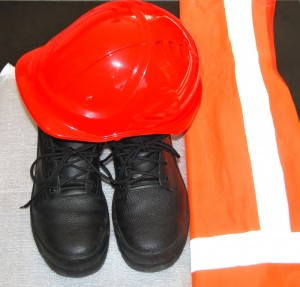
When dismantling the Battery Pack there is a risk of Electric Shock or Fire if it is done unprofessionally and without following correct procedures.
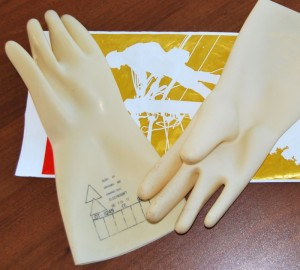

Battery Pack should have special Plug (bright Orange). When plug is removed it breaks the continuity of the internal circuitry inside the pack. Remove the plug before dismantling the battery from the vehicle:
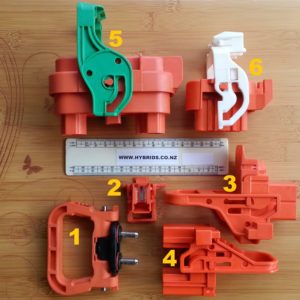
Battery Pack may have couple of cut-off relays one for the positive and one for the negative output. That is protective circuitry to ensure the high voltage is not present on the output connectors of the pack when vehicle is not operating or the pack is in the storage.
Design of those relays and their position inside the pack could vary.
If the pack enclosure is opened those relays are no longer protect you from being electrocuted as other contacts become exposed and high voltage could be present on those.
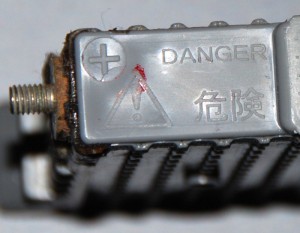

Never use tools (e.g. metal wrenches) which could short-cut side connectors of the batteries. Resulting current could melt the metal parts, it can cause electrical shock, sparks could cause fire and melted pieces of metal cause skin or eye burns.
Shield eyes with protective goggles.
HiMH batteries contain chemicals. Those chemicals if spilled out from the battery need to be neutralized. Keep Boric Acid handy to neutralize spills.
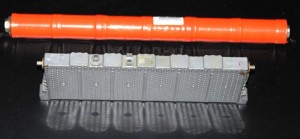
There will always be some other hazards which are not listed above or we might be unaware of.
Please be vigilant and always wear Personal Protective Equipment (PPE), look out for potential hazards, search for more information on health and safety, carefully read guidelines, procedures and manuals coming with tools or equipment you are planning to use.
